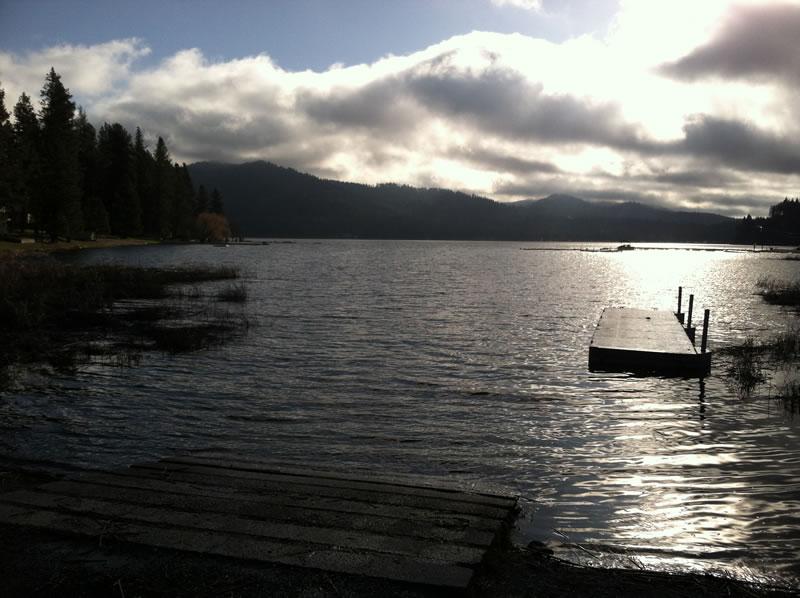Fourteen miles southeast of Chewelah, a couple miles east of Highway US-395. With a year-round season, Deer Lake's wide variety of species includes Largemouth and Smallmouth bass, Black Crappie, Yellow Perch, Rainbow Trout, and Lake Trout. Brook Trout are stocked annually and count as part of the daily TROUT limit.
A WDFW access provides public access with a boat launch, however, the launch is shallow (Deer Lake | Washington Department of Fish & Wildlife). Private resorts offer boat launching, camping, and other amenities.
Two-pole fishing is allowed
Shoreline access: Bad - Public shoreline access is limited to the WDFW access area.
WDFW water access areas on this lakeSpecies you might catch
- Black crappie
- Brook trout
- Brown bullhead
- Green sunfish
- Kokanee
- Lake trout
- Largemouth bass
- Pumpkinseed Sunfish
- Rainbow trout
- Smallmouth bass
- Yellow bullhead
- Yellow perch
Lake information
County: Stevens
Acreage: 1146.40 ac.
Elevation: 2482 ft.
Center: 48.111757, -117.586634
Open in Google Maps
Catchable fish plants
| Stock Date | Species | Number Released | Number of Fish Per Pound | Facility |
|---|---|---|---|---|
| Nov 30, 2005 | Eastern Brook Trout | 900 | 1 | FORD HATCHERY |
| Nov 18, 2004 | Eastern Brook Trout | 1,200 | 0.73 | FORD HATCHERY |
| Sep 23, 2004 | Eastern Brook Trout | 669 | 0.96 | FORD HATCHERY |
| Nov 5, 2002 | Eastern Brook Trout | 1,007 | 1 | FORD HATCHERY |
| Nov 16, 2001 | Eastern Brook Trout | 524 | 1 | FORD HATCHERY |
| Nov 16, 2001 | Eastern Brook Trout | 12 | 0.5 | FORD HATCHERY |
| Nov 8, 2001 | Eastern Brook Trout | 600 | 1 | FORD HATCHERY |
| Nov 8, 2001 | Eastern Brook Trout | 64 | 0.5 | FORD HATCHERY |
| Nov 15, 2000 | Eastern Brook Trout | 1,120 | 1 | FORD HATCHERY |
| Jul 13, 1998 | Rainbow | 175 | 0.7 | SPOKANE HATCHERY |
Fishing prospects calendar
Rainbow trout
Kokanee
Largemouth bass
Smallmouth bass
Yellow perch
Black crappie
Pumpkinseed Sunfish
Brown bullhead
Yellow bullhead
Photos
